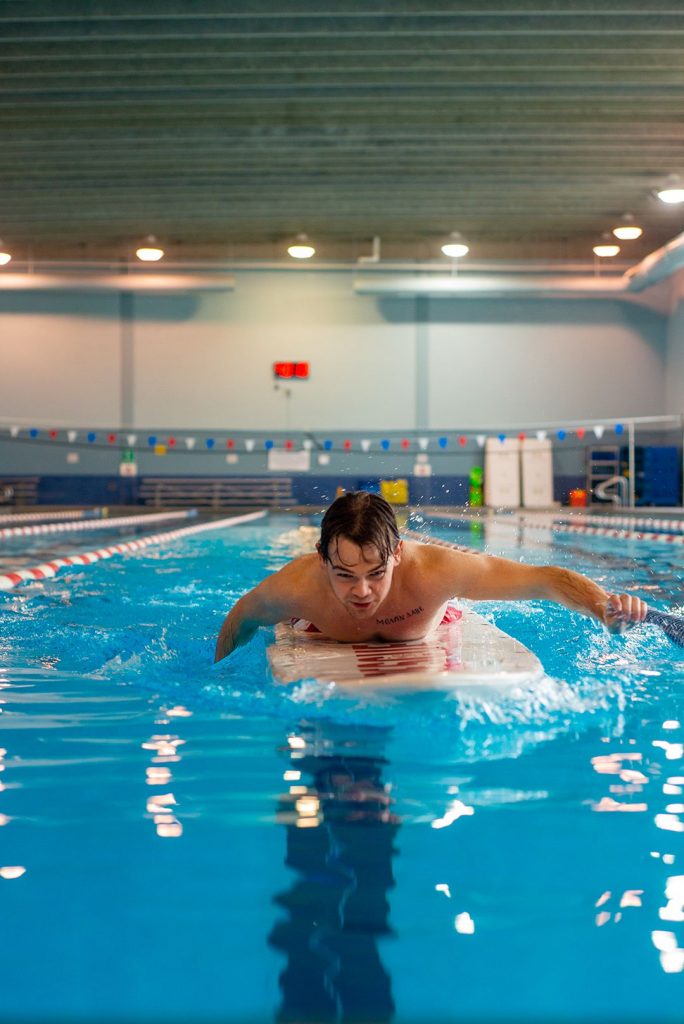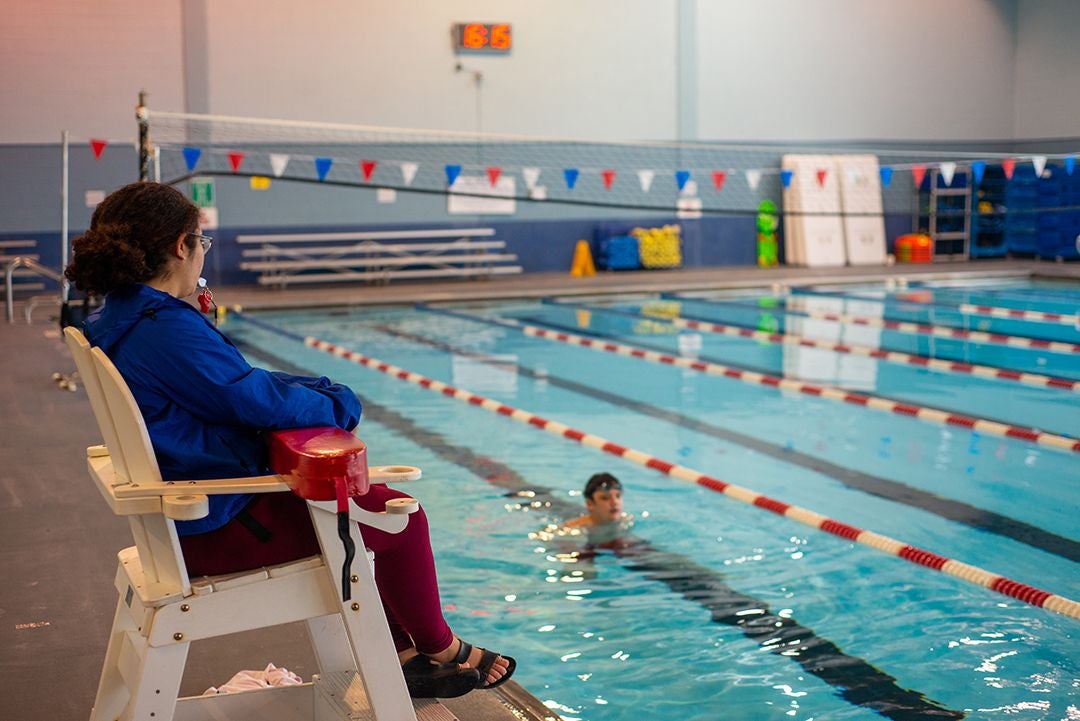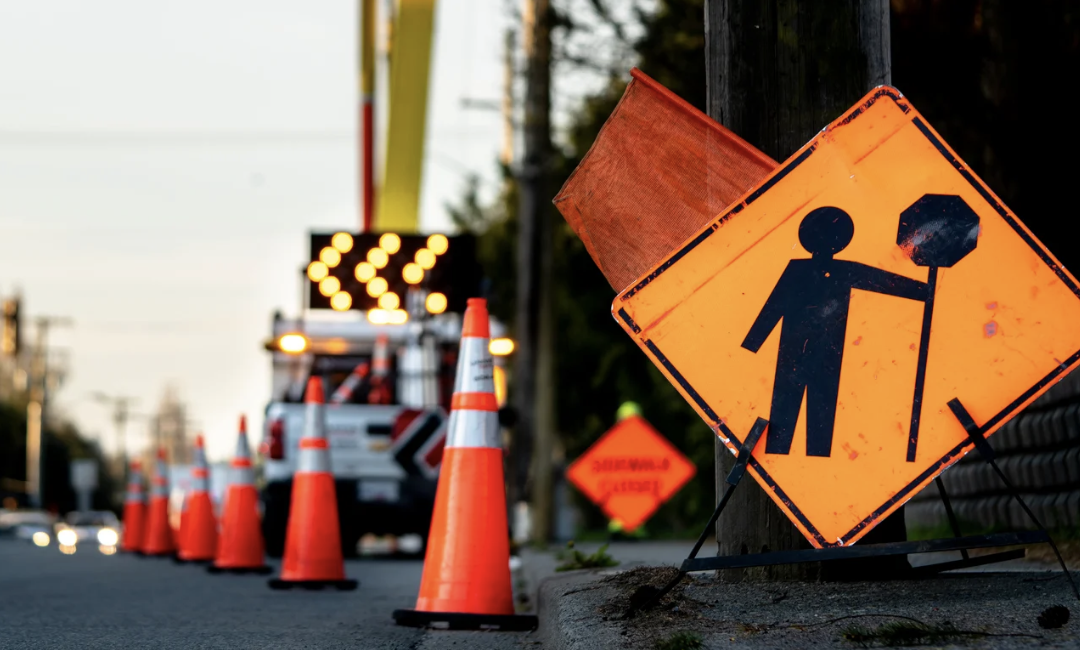Editor’s Note: This week, visual journalist St. Julian Cox III considers what local lifeguards have to do to prepare themselves for their lifesaving responsibilities each summer. In addition to knowing how to do CPR and safe ways to get swimmers to safety, they also have to be in peak condition. They achieve their conditioning in a variety of ways, but one that they may particularly enjoy is mastering different swim strokes.
Guarding
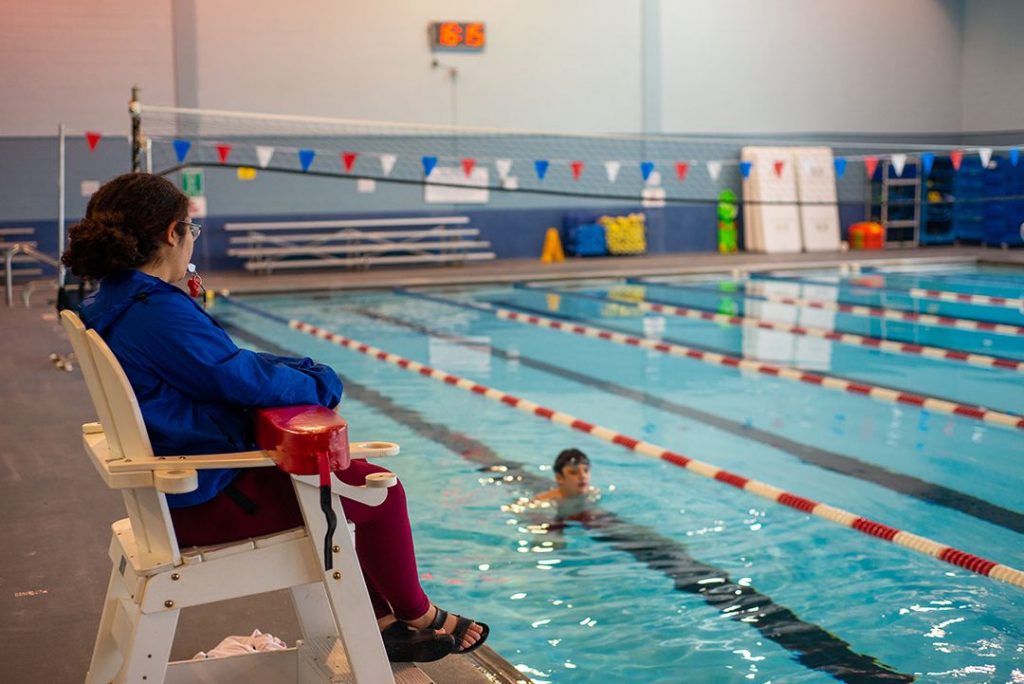
Freestyle
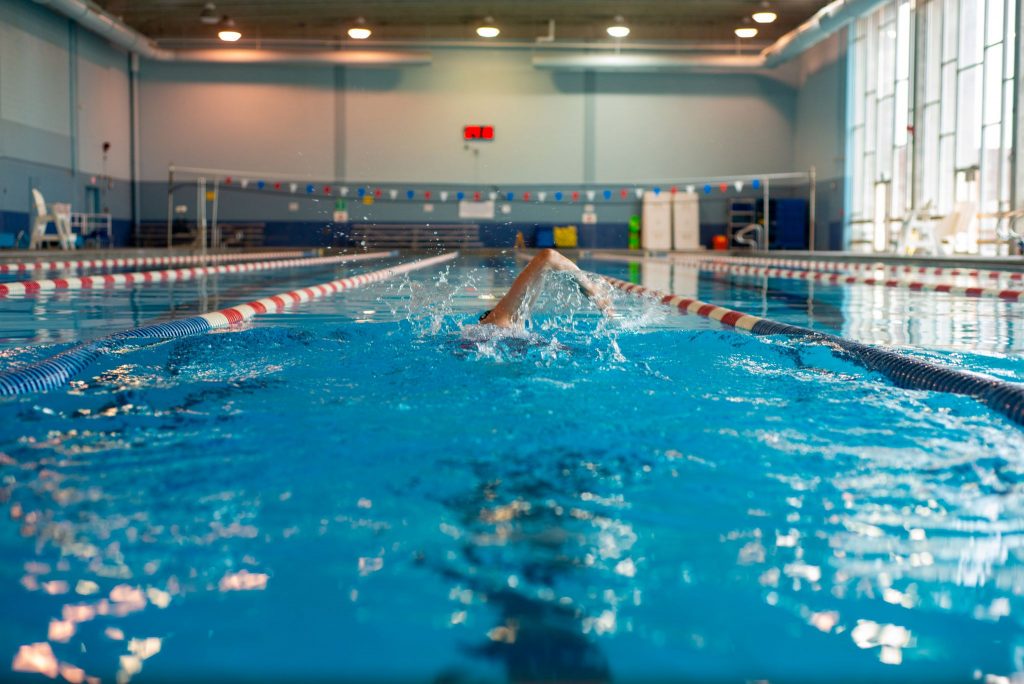
Butterfly
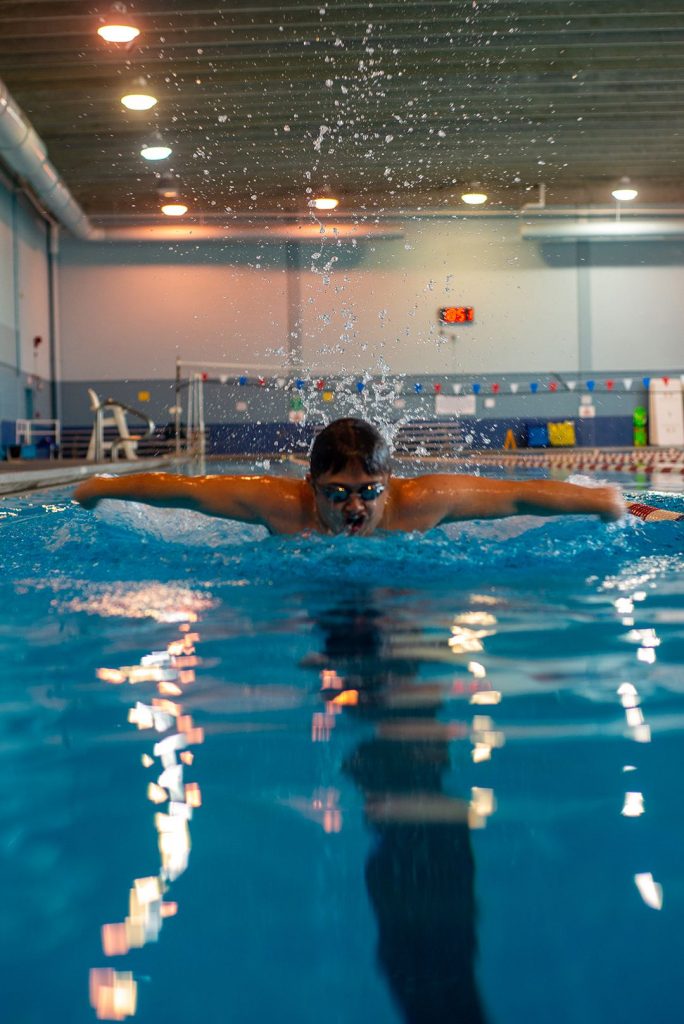
Breaststroke
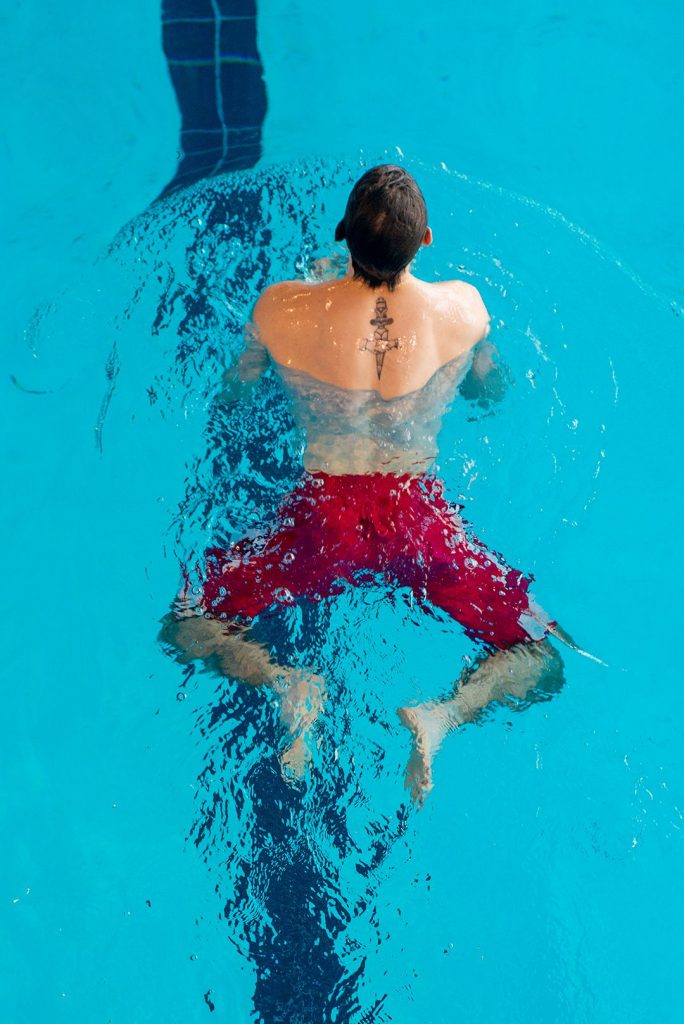
Rescue Board
